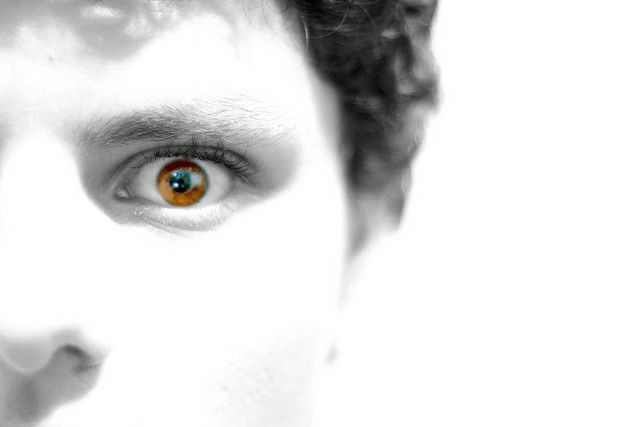Micro-Expressions Influence How People Judge Our Intentions, But Not Our Ability

Whether we find certain faces attractive or not, we routinely read other people based on their facial features and expressions. In a series of four linked experiments, NYU researchers explored whether different expressions (and micro-expressions) might impact judgments of trustworthiness and competence. Participants judged a face as competent based on facial structure, the researchers discovered, while basing trustworthiness ratings on facial expression.
“You can influence to an extent how trustworthy others perceive you to be,” said Dr. Jonathan Freeman, an assistant professor of psychology and the study's senior author, in a press release. “But perceptions of your competence or ability are considerably less able to be changed.”
The first experiment began with participants, both women and men, each looking at five photos of 10 different adult men of different ethnicities. Generally, the participants rated the happier photos of each man as more trustworthy and the angrier faces as less trustworthy. Perceptions of ability, on the other hand, remained consistent. No matter which photo they viewed, whether angry or happy, the participants’ judgments of each man’s competence did not vary.
In a second experiment, participants evaluated 40 computer-generated faces that slowly evolved from “slightly” happy to “slightly” angry, resulting in 20 different more-or-less neutral instances of each face. Once again, perceptions of competence remained unchanged for each given face, while trustworthiness varied according to how happy the expression appeared.
In a third experiment, participants viewed an array of computer-generated faces and were asked one of two questions: "Which face would you choose as your financial advisor?" And, "Which face would win a weightlifting competition?" Participants generally chose the happy faces to advise them on their finances. Emotion, apparently, did not enter into their choices for a successful weightlifter. Most often participants selected faces with a distinct form: a wider as opposed to more narrow structure, one generally associated with testosterone and physical ability.
Finally, over 100 trials, participants selected one of two faces as either a trusted financial advisor or competent weightlifting champion — each time the features of the base face varied. This fourth experiment revealed which facial cues drove perceptions. One final time, the participants most often chose happy faces as an advisor, while their weightlifting champ's faces had wider structural variations.
Putting Knowledge to Use
In the end, perceived ability appears to be more tied to a face’s static structure, while perceived trustworthiness (or intention) is malleable and influenced by expression.
“Although we have focused on two social dimensions, intentions and ability, we speculate any number of dimensions would be candidates for the effects observed here,” wrote the authors in their conclusion.
The following Ted Talk offers suggestions about how we may put our knowledge of facial expressions to good use. In particular, the speakers analyze micro-expressions, the fleeting and mostly involuntary expressions of emotion that pass across our face. Originating from our feelings — rather than our rational thoughts — micro-expressions give a clue to the range of emotions we may be experiencing in any given moment while also suggesting how we may act. Interestingly, even people who are blind from birth will display the same micro-expressions as their parents.
Source: Hehman E, Flake JK, Freeman JB. Static and Dynamic Facial Cues Differentially Affect the Consistency of Social Evaluations. Personality and Social Psychology Bulletin. 2015.
Published by Medicaldaily.com



























